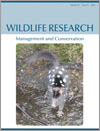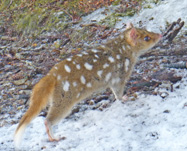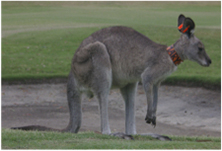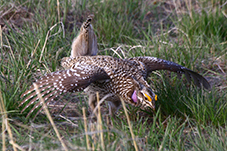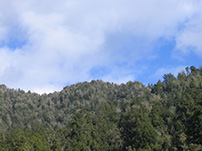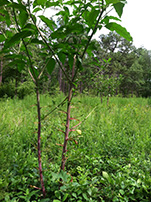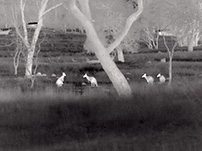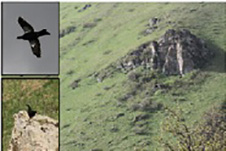WR15118Effects of culling on vigilance behaviour and endogenous stress response of female fallow deer
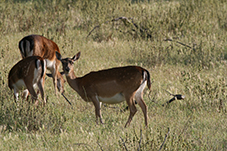
Information on effects of culling on behaviour and stress of ungulates is scarce. We studied the effects of culling on behaviour and stress response of female fallow deer and we found that culling determined an increase of vigilance and a decrease of feeding rates. Only a short-term (24 h) increase of hormonal stress response occurred, which suggests that culling did not trigger long-term physiological effects. Photo by Francesco Ferretti.


